Home>Garden Essentials>How To Grow Ironweed From Seed
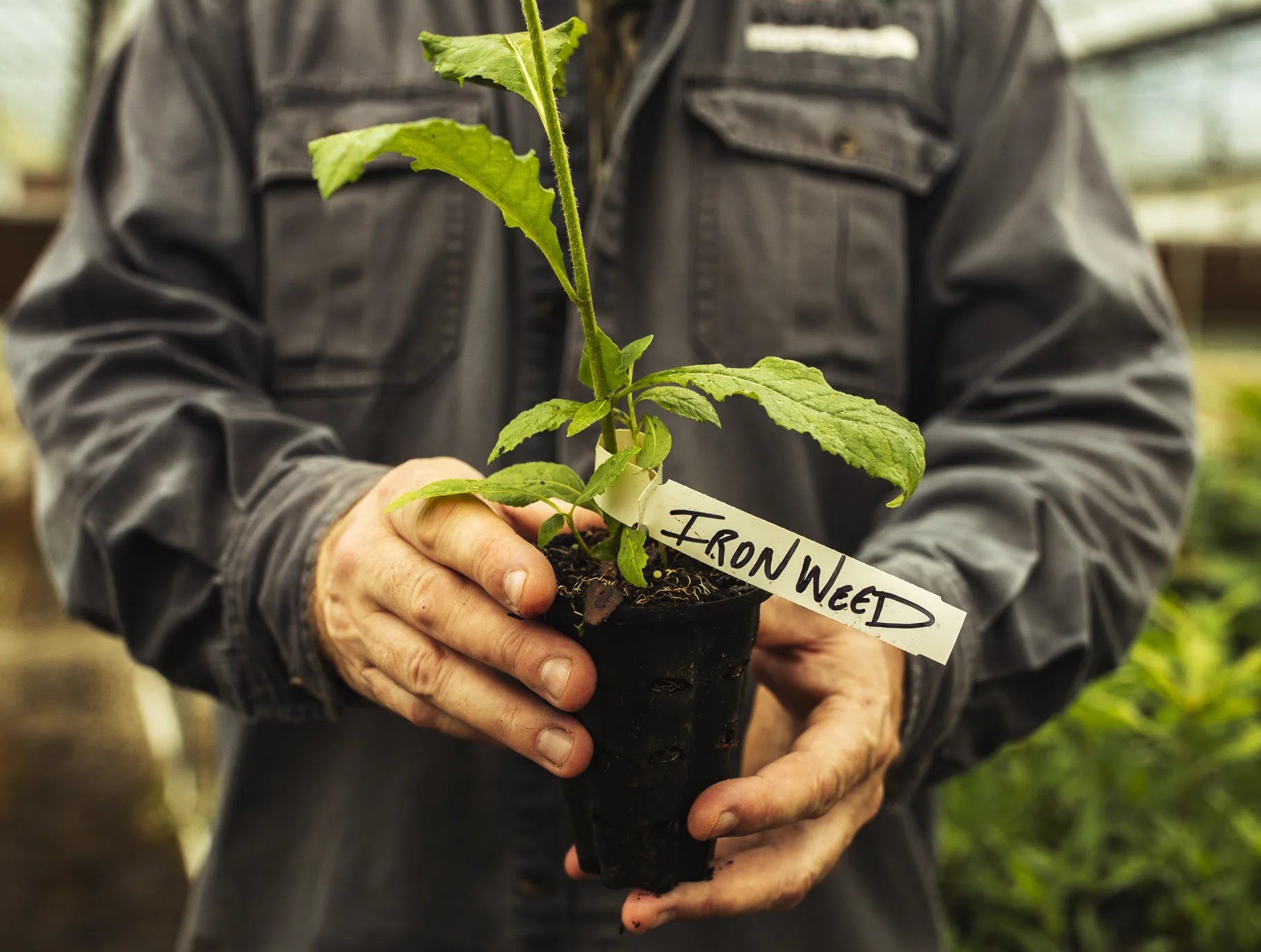

Garden Essentials
How To Grow Ironweed From Seed
Modified: March 15, 2024
Discover the secrets to growing ironweed from seed in your garden and enjoy its vibrant blooms throughout the season.
(Many of the links in this article redirect to a specific reviewed product. Your purchase of these products through affiliate links helps to generate commission for Storables.com, at no extra cost. Learn more)
Introduction:
Gardening is a rewarding and enjoyable hobby, and growing your own plants from seed can be a gratifying experience. If you’re looking to add a beautiful and resilient plant to your garden, consider growing ironweed. Ironweed (Vernonia) is a hardy perennial known for its vibrant purple flowers and tall stature. It adds a pop of color and attracts pollinators, making it a great addition to any garden.
In this article, we will guide you through the process of growing ironweed from seed. We will cover everything from choosing the right soil to harvesting the seeds, so you can successfully grow this stunning plant in your own backyard.
Key Takeaways:
- Growing ironweed from seed requires well-drained, slightly acidic soil and proper scarification before sowing. Providing adequate sunlight and controlling weeds and pests are essential for healthy plant growth.
- Harvesting ironweed seeds in late summer or early fall allows for propagation and sharing. Proper care, including watering, fertilizing, and pruning, ensures vibrant blooms and long-term plant health.
Read more: How To Grow Sage From Seed
Choosing the Right Soil:
Choosing the right soil is crucial for the success of your ironweed plants. These plants prefer well-drained soil that is rich in organic matter. Before planting, it’s important to prepare the soil to ensure it meets the requirements of ironweed.
Start by testing the pH level of your soil. Ironweed thrives in slightly acidic to neutral soils with a pH range of 5.8 to 7.5. If your soil is too acidic, you can add lime to raise the pH or sulfur to lower it. Additionally, ironweed prefers loamy or sandy soil that is loose and well-aerated, providing ample drainage.
Improve the soil’s nutrient content by incorporating organic matter such as compost or aged manure. This will help enhance the soil’s fertility and moisture-holding capacity. Prior to planting the ironweed seeds, work the organic matter into the soil to a depth of about 6-8 inches.
Keep in mind that ironweed is a native plant in many regions, so it may adapt well to the existing soil conditions. However, taking these steps to ensure optimal soil quality will greatly benefit the growth and overall health of your ironweed plants.
Preparing the Seedbed:
Before sowing ironweed seeds, it’s important to properly prepare the seedbed. This involves clearing the area of any weeds or debris and creating a loose and fertile environment for the seeds to germinate.
Start by removing any existing vegetation or weeds from the designated area where you plan to grow the ironweed. Use a garden fork or a hoe to loosen the soil and remove any rocks or large clumps. Rake the soil to create a smooth and level surface.
Once the area is clear, you can amend the soil with organic matter if needed. This will further enhance the fertility and moisture retention of the seedbed. Work in a layer of compost or well-rotted manure into the top few inches of soil.
In order to promote successful germination, it can be beneficial to scarify the ironweed seeds before planting. Scarification is the process of breaking or weakening the seed coat to allow moisture to penetrate and trigger germination. You can achieve this by rubbing the seeds gently with sandpaper or by soaking them in warm water for 24 hours prior to sowing.
After scarification, scatter the ironweed seeds evenly across the prepared seedbed. You can lightly press them into the soil, but avoid burying them too deeply. Ironweed seeds require light for germination, so a light covering or a gentle press should suffice. If you are sowing a large number of seeds, you may want to consider using a seed spreader to achieve even distribution.
Once the seeds are sown, gently water the area with a fine mist or a gentle spray to settle the soil around the seeds and provide the necessary moisture to kickstart germination.
With a properly prepared seedbed, your ironweed seeds have a better chance of germinating successfully and producing healthy plants.
Sowing the Ironweed Seeds:
Now that you have prepared the seedbed, it’s time to sow the ironweed seeds. Sowing the seeds correctly will help ensure optimal germination and establish strong, healthy plants.
Ironweed seeds are best sown directly into the ground in late fall or early spring, depending on your climate. This allows the seeds to experience natural stratification, which can enhance germination. If you choose to sow the seeds in the fall, make sure to do so about 6-8 weeks before the first frost to give the seeds ample time to establish themselves.
Take your scarified ironweed seeds and scatter them evenly across the prepared seedbed. Aim to space the seeds about 6-8 inches apart to give the plants enough room to grow. Lightly press the seeds into the soil, ensuring they are in good contact with the soil without being buried too deeply.
Once the seeds are planted, give the area a gentle watering. Be careful not to overwater, as excessive moisture can lead to rot or fungal diseases. Keep the soil moist but not waterlogged throughout the germination process.
It’s important to note that ironweed seeds have a low germination rate, so don’t be discouraged if not all of the seeds sprout. You can sow a higher quantity of seeds to increase your chances of successful germination.
Keep an eye on the seedbed and be patient. Ironweed seeds can take anywhere from 2-4 weeks to germinate, depending on the conditions. Once the seedlings emerge, you can thin them out if needed, allowing the strongest plants to thrive.
By sowing ironweed seeds properly and providing the right conditions for germination, you can increase the chances of a successful and lush ironweed garden.
Providing Proper Watering:
Watering is crucial for the growth and development of ironweed plants, especially during the early stages. Providing the right amount of water will help establish strong roots and ensure healthy plant growth.
When it comes to watering ironweed, it’s important to find the right balance. These plants prefer consistently moist soil but are also tolerant of drought conditions once established. Overwatering can lead to root rot and other fungal diseases, while underwatering can stunt growth and cause wilting.
During the first few weeks after sowing the ironweed seeds, keep the soil moist but not waterlogged. This will help with seed germination and encourage root development. Water the area gently with a fine mist or a gentle spray to avoid disturbing the delicate seedlings.
Once the seedlings have established themselves and are actively growing, you can reduce the frequency of watering. Ironweed plants are known for their drought tolerance and can withstand periods of dry soil. However, during prolonged dry spells, it’s important to provide supplemental irrigation to prevent stress and maintain plant health.
When watering your ironweed plants, aim to provide deep watering rather than frequent shallow watering. This encourages the plants to develop deep root systems, making them more resilient and better able to access moisture during dry periods.
Monitor the moisture levels of the soil regularly by checking the top few inches. If the soil feels dry, it’s time to water. Use a watering can or a garden hose with a gentle spray attachment to water the plants. Apply water directly to the soil at the base of the plants, avoiding wetting the foliage as this can increase the chances of disease.
Remember to adjust your watering schedule according to the weather conditions. During hot and dry periods, you may need to increase the frequency of watering to keep the soil consistently moist.
By providing proper watering, you can ensure the healthy growth and development of your ironweed plants and help them thrive in your garden.
Read more: How To Grow Broccoli From Seeds
Providing Adequate Sunlight:
Sunlight is an essential element for the successful growth and blooming of ironweed plants. These vibrant perennials thrive in full sun conditions and require adequate sunlight to develop strong stems and produce abundant flowers.
When selecting a location for your ironweed plants, choose a spot that receives at least 6-8 hours of direct sunlight each day. This will ensure optimal growth and vibrant blooms. Ironweed is a sun-loving plant and may not thrive in areas with heavy shade or limited sunlight.
Before planting the ironweed seeds or transplanting seedlings, observe the sunlight patterns in your garden. Pay attention to any potential obstructions such as buildings, trees, or structures that may cast shadows during certain parts of the day. Be sure to pick a location that offers uninterrupted sunlight for the majority of the day.
In areas with scorching summers, some afternoon shade can be beneficial to protect the plants from extreme heat stress. However, the shade should not be excessive, as it can lead to elongated and weak growth.
It’s important to note that ironweed plants grown in shadier conditions may become leggy and produce fewer blooms. If you have limited sun exposure in your garden, consider growing ironweed in containers or raised beds that can be placed in sunnier areas to ensure they receive adequate sunlight.
Regularly monitor the sunlight levels in your garden throughout the day and adjust the placement of your ironweed plants if necessary. In doing so, you can provide them with the optimal conditions they need to thrive and showcase their stunning blooms.
Remember to also consider the specific climate of your region. If you live in an area with extremely hot summers, you may need to provide some additional shade or create microclimates to protect the ironweed plants from scorching sunlight. Similarly, if you live in a cooler climate, ensure that the ironweed plants receive enough sunlight to promote healthy growth and flowering.
By providing adequate sunlight, you can encourage robust growth and vibrant blooms from your ironweed plants, adding a colorful touch to your garden.
Sow ironweed seeds in well-draining soil in the fall or early spring. Keep the soil consistently moist and provide full sun for best results.
Controlling Weeds and Pests:
Keeping weeds and pests under control is crucial for the health and vitality of your ironweed plants. Weeds can compete for nutrients and water, while pests can damage the foliage and hinder growth. By implementing effective prevention and control measures, you can ensure that your ironweed plants thrive in a weed-free and pest-resistant environment.
To control weeds, it’s important to start with a weed-free seedbed. Before sowing the ironweed seeds or planting the seedlings, remove any existing weeds from the area. Use a garden fork or a hoe to carefully loosen and remove the weeds, taking care not to disturb the ironweed plants.
Once the ironweed plants have established themselves, add a layer of organic mulch around the base of the plants. This will help suppress weed growth by blocking sunlight and smothering weed seeds. Organic mulches such as straw, wood chips, or shredded leaves not only deter weeds but also improve soil moisture retention.
Regularly inspect your ironweed plants for any signs of pests. Common pests that may affect ironweed include aphids, caterpillars, and spider mites. If you notice any pest infestations, take prompt action to control them.
One effective way to deter pests is by encouraging beneficial insects and natural predators into your garden. Ladybugs, lacewings, and parasitic wasps are all beneficial insects that feed on pests like aphids. You can attract these helpful insects by planting companion plants that provide nectar and shelter, such as marigolds or dill.
If the pest infestation is severe, you may need to resort to organic pest control methods. Neem oil or insecticidal soap can be applied to control pests while minimizing harm to beneficial insects. Follow the instructions on the product label carefully and apply the treatment as needed.
Regularly inspect your ironweed plants for any signs of nutrient deficiencies or stress that may make them more susceptible to pests. Water and fertilize your plants appropriately to maintain their overall health and resilience.
By implementing proper weed control techniques and diligently monitoring and managing pests, you can ensure that your ironweed plants grow in a healthy and pest-free environment, allowing them to showcase their beauty and thrive in your garden.
Transplanting Ironweed Seedlings:
Transplanting ironweed seedlings is an important step in the growth process that allows them to establish themselves in their permanent spot in the garden. When the seedlings have grown to a suitable size, typically around 4-6 inches tall, it’s time to carefully transplant them into their final location.
Before transplanting, choose a well-prepared site that meets the same soil and sunlight requirements as discussed earlier. Ensure the soil is loose, well-draining, and enriched with organic matter. Water the seedlings thoroughly a day before transplanting to minimize stress on their roots.
When removing the seedlings, gently loosen the soil around their roots with a small garden trowel or fork. Be cautious not to damage the delicate roots. Carefully lift the seedlings from the soil, grasping them by the base of their stems rather than the leaves or fragile stems.
Dig a hole in the prepared site that is slightly larger than the root ball of the seedlings. Place the seedling into the hole, making sure the top of the root ball is level with the surrounding soil. Backfill the hole with soil, gently firming it around the seedling to remove any air pockets. Water the newly transplanted seedlings immediately to help settle the soil around their roots.
Space the transplanted seedlings around 12-18 inches apart to allow adequate room for their growth. This spacing will also prevent overcrowding and promote good air circulation among the plants.
Transplanting is a delicate process, and it’s important to minimize stress on the seedlings as much as possible. Avoid transplanting during the hottest part of the day to reduce the risk of wilting. If necessary, provide temporary shade using a shade cloth or a garden umbrella to shield the seedlings from direct sunlight.
After transplanting, monitor the seedlings closely and water them regularly for the first few weeks to help them establish. Mulching around the base of the seedlings will help conserve moisture and suppress weed growth.
With proper care and attention, the transplanted ironweed seedlings will acclimate to their new location and continue to grow and thrive in their permanent spot in the garden.
Caring for Ironweed Plants:
Caring for ironweed plants is relatively low maintenance, but providing them with proper care will help ensure their overall health, vigor, and longevity. By following a few simple guidelines, you can keep your ironweed plants looking their best and enjoying their stunning blooms year after year.
Watering: While ironweed is drought-tolerant once established, it’s important to water newly transplanted seedlings regularly to help them establish a robust root system. After that, regular watering during dry spells is beneficial, especially in the first year. Water deeply and infrequently to encourage the growth of deep roots. Avoid overwatering, as it can lead to root rot and other issues. Monitor the soil moisture levels and water when the top few inches of soil feel dry.
Fertilizing: Ironweed is a relatively low nutrient-demanding plant, but a balanced, slow-release fertilizer can be applied in early spring to provide a nutritional boost. Follow the instructions on the fertilizer packaging for application rates. Avoid over-fertilizing, as this can lead to excessive foliage growth at the expense of flower production.
Pruning: Ironweed plants have a naturally bushy habit, but occasional pruning can help maintain their shape and prevent them from becoming too leggy. Prune back the stems after flowering to encourage a more compact growth habit. You can also remove any dead or damaged stems throughout the growing season. Pruning can be done in late winter or early spring before new growth begins.
Staking: Depending on the variety and location, ironweed plants may benefit from staking to provide support for their tall stems and prevent them from toppling over in strong winds. Use bamboo stakes or other supportive structures to prop up the plants as needed.
Mulching: Applying a layer of mulch around the base of the ironweed plants can help conserve moisture, suppress weed growth, and regulate soil temperature. Organic mulch such as shredded bark or straw can be used. Avoid mulching too close to the stems to prevent moisture retention and potential rotting.
Dividing: Over time, clumps of ironweed may become crowded and lose their vigor. Divide the plants every 3-4 years in early spring to rejuvenate them. Dig up the clump and separate it into smaller sections, making sure each section has a good amount of roots. Replant the divisions in suitable locations, and water them thoroughly.
Winter care: Ironweed is a hardy perennial and generally doesn’t require extensive winter care. Leaving the stems and seedheads intact over the winter can provide visual interest and serve as food sources for birds. In colder regions, a layer of mulch can be applied around the base of the plants to protect the roots from freezing temperatures.
By providing proper care such as watering, fertilizing, pruning, and mulching, you can help your ironweed plants stay healthy and vibrant, ensuring a beautiful display in your garden.
Read more: How To Grow Cannas From Seed
Harvesting Ironweed Seeds:
Harvesting ironweed seeds is a great way to preserve and propagate this beautiful perennial. The seeds can be collected to grow new plants in your garden or shared with fellow gardening enthusiasts.
The best time to harvest ironweed seeds is when the seed heads have turned brown and dry on the plant. This usually occurs in late summer or early fall, depending on your region. Monitor the plants closely and look for the signs of mature seed heads.
To harvest the seeds, prepare a clean, dry container such as a paper bag or a small bucket. Hold a seed head over the container and gently rub or shake it, allowing the small, dark seeds to fall into the container. Alternatively, you can snip the seed heads with a pair of clean pruners and collect them in the container.
After collecting the seeds, inspect them for any debris or unwanted materials. Remove any twigs, leaves, or insects that may have ended up in the container. This will help ensure that you are left with clean, viable seeds.
Allow the harvested seeds to completely dry in a cool, well-ventilated area for about a week or two. Spread them out on a clean surface or a drying rack, ensuring they are in a single layer. Stir or turn the seeds occasionally to promote even drying.
Once the seeds are thoroughly dry, store them in airtight containers or seed packets. Label the containers with the appropriate information, such as the plant name and date of harvest. Place the containers in a cool, dark, and dry location, such as a pantry or a refrigerator, until you are ready to use them.
It’s important to note that ironweed seeds have a relatively short viability period, typically retaining their germination potential for about 1-2 years. Therefore, it’s best to use the harvested seeds promptly or share them with other gardeners who can make use of them.
By harvesting ironweed seeds, you can continue to grow this stunning plant and share its natural beauty with others. Enjoy the process of collecting, drying, and storing these seeds, and watch as new ironweed plants emerge and flourish in your garden.
Conclusion:
Growing ironweed from seed is a fulfilling and rewarding experience for gardeners of all levels. With the right soil, proper watering, adequate sunlight, and careful attention to weed control and pest management, you can successfully cultivate these resilient and stunning perennials in your garden.
Choosing the right soil with good drainage and incorporating organic matter ensures optimal conditions for ironweed plants to thrive. Preparing the seedbed and sowing the seeds correctly sets the stage for successful germination and establishment. Providing proper watering throughout the growth stages and ensuring adequate sunlight promotes healthy growth and vibrant blooms.
To maintain the health of your ironweed plants, controlling weeds and pests is essential. Taking preventive measures and using organic pest control methods can help protect your plants from damage and ensure their well-being. Regular pruning, staking if needed, and proper mulching contribute to their overall vitality.
Transplanting ironweed seedlings and caring for them through adequate watering, fertilizing, and division when necessary, helps maintain their vigor and longevity in the garden. Lastly, harvesting ironweed seeds not only preserves the plant but also offers an opportunity to propagate and share its beauty with others.
By following these guidelines and giving your ironweed plants the care, attention, and love they need, you can enjoy their showy purple blooms and attract pollinators to your garden year after year. Embrace the joy of gardening and the wonder of nurturing these resilient perennials, and let your garden come alive with the enchanting presence of ironweed.
Frequently Asked Questions about How To Grow Ironweed From Seed
Was this page helpful?
At Storables.com, we guarantee accurate and reliable information. Our content, validated by Expert Board Contributors, is crafted following stringent Editorial Policies. We're committed to providing you with well-researched, expert-backed insights for all your informational needs.
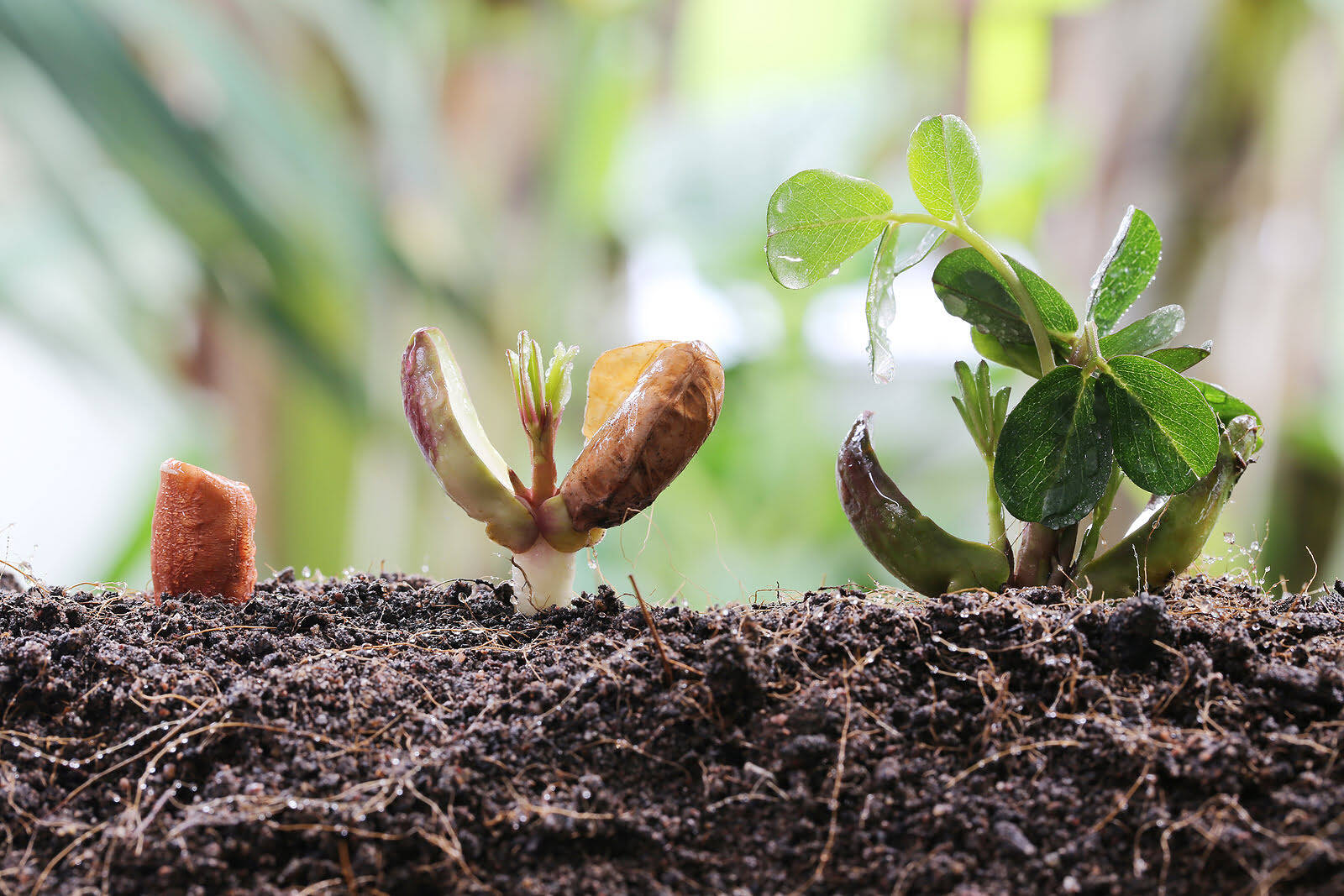
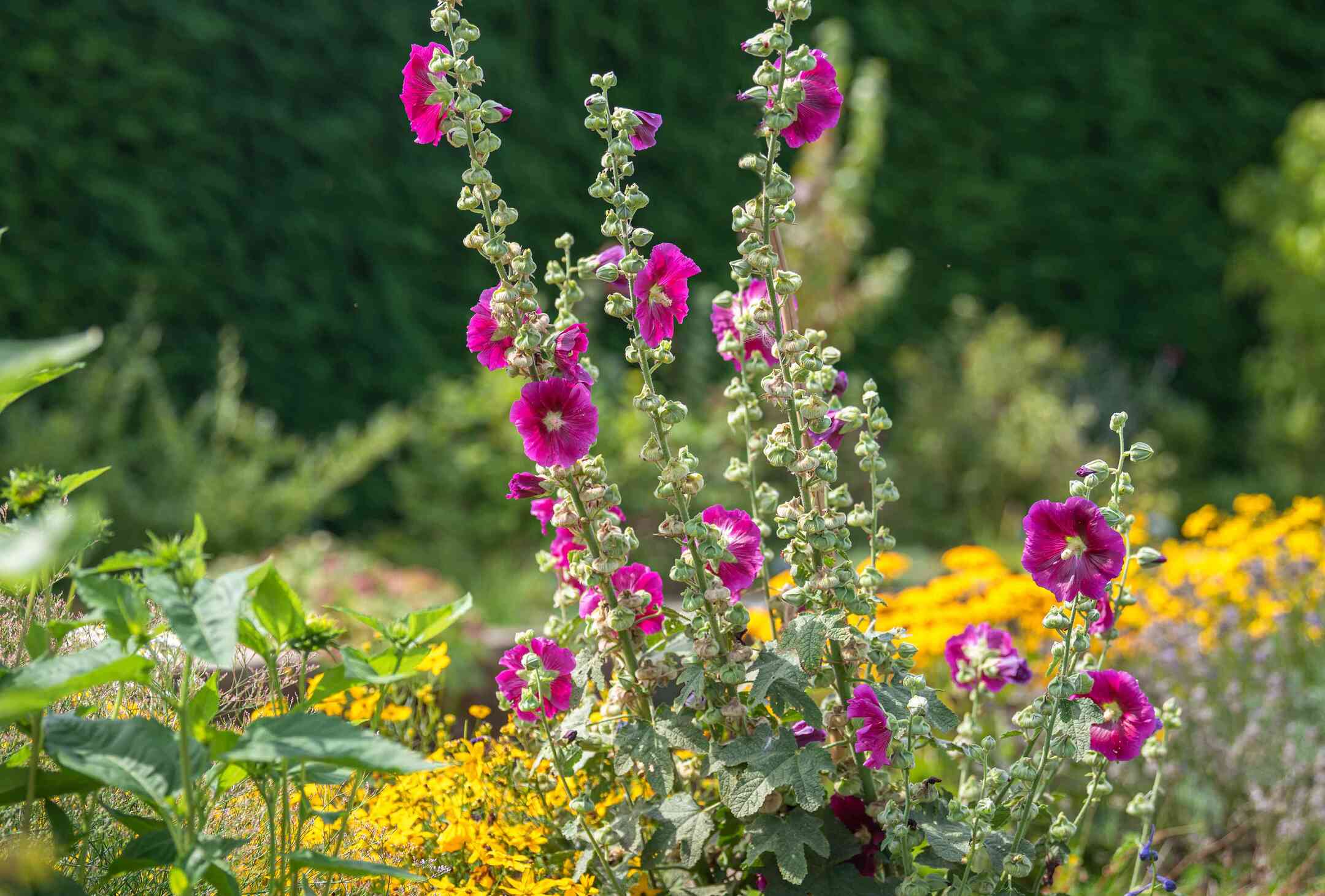
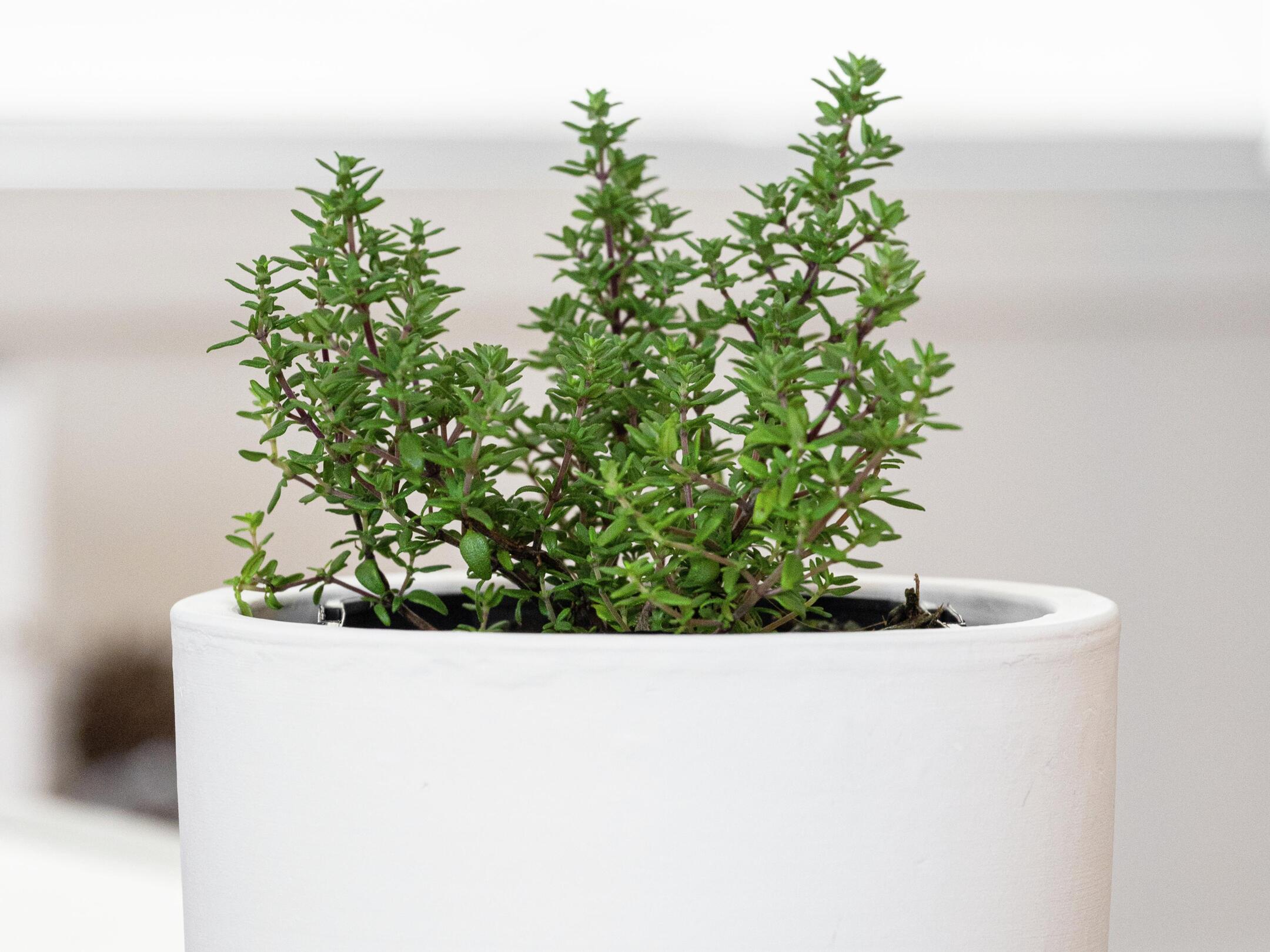
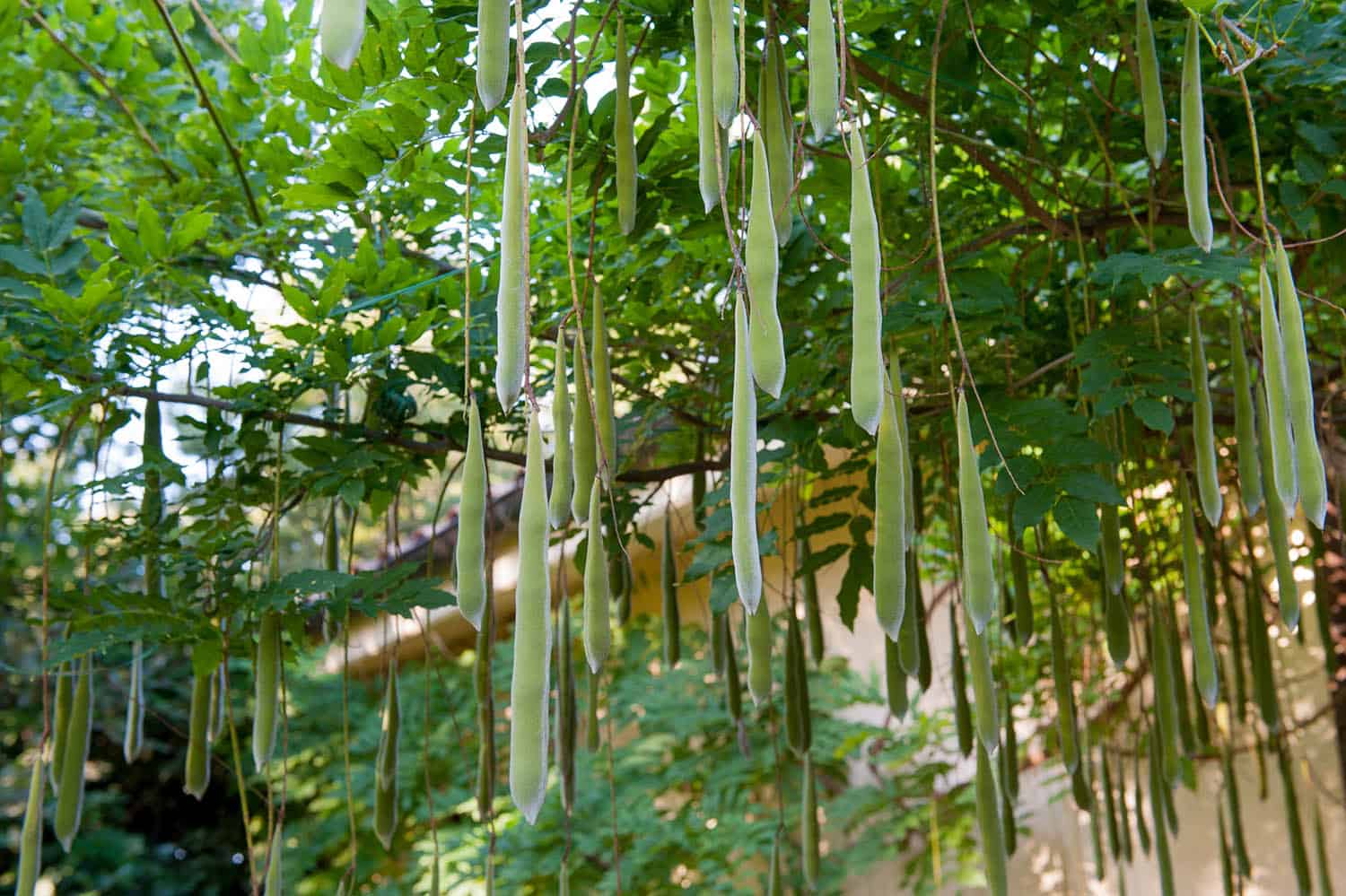
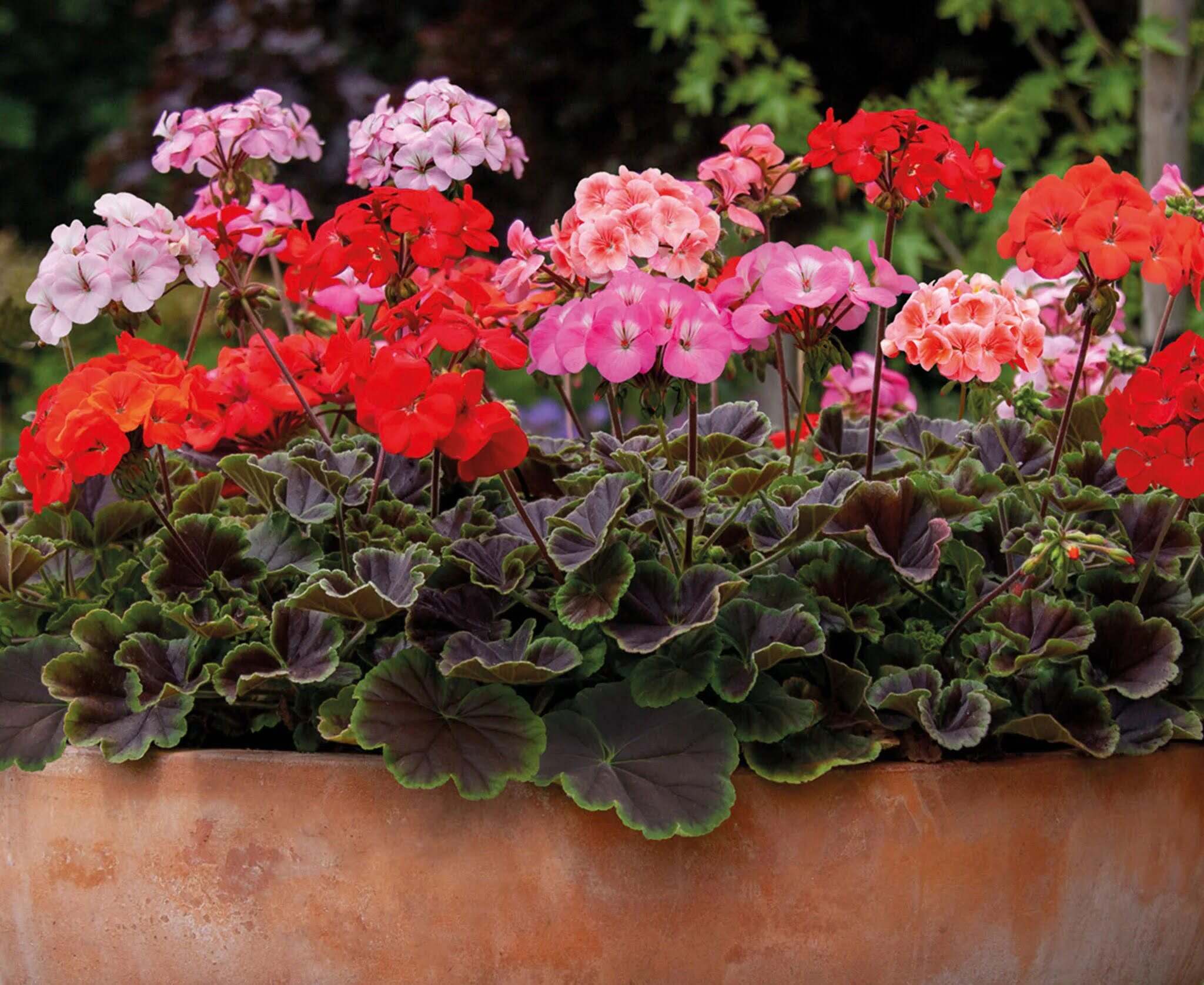
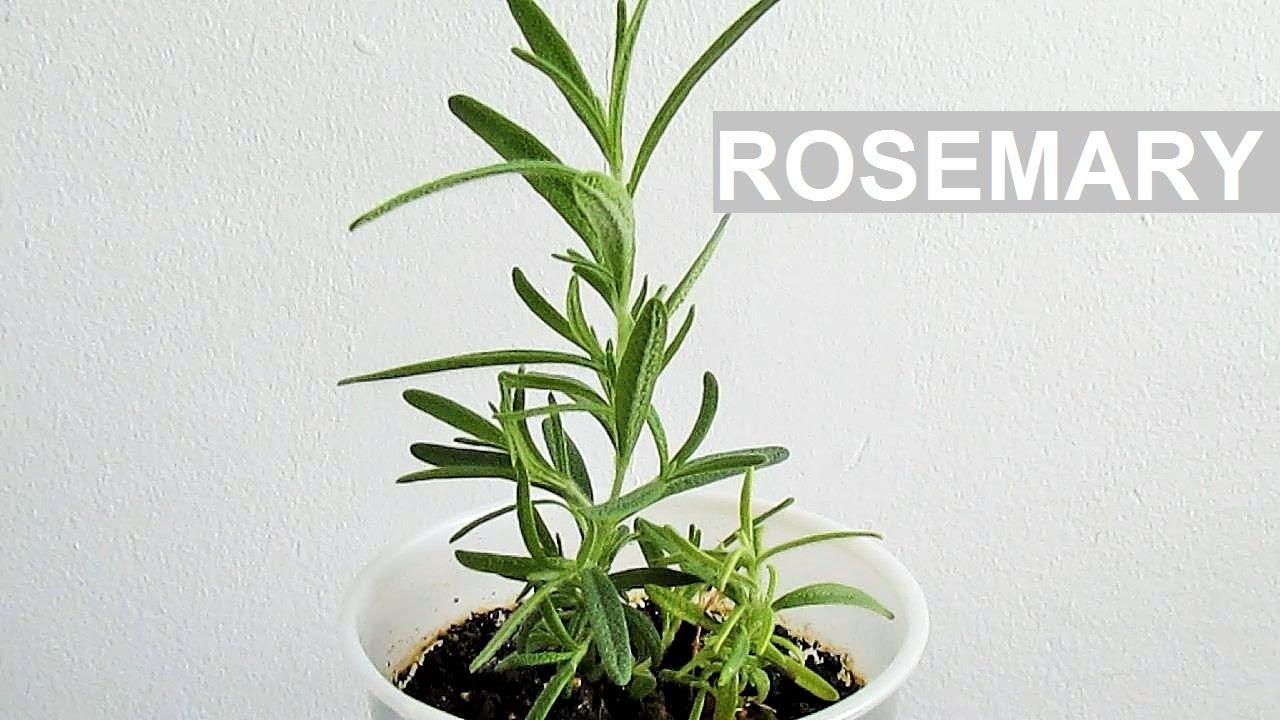
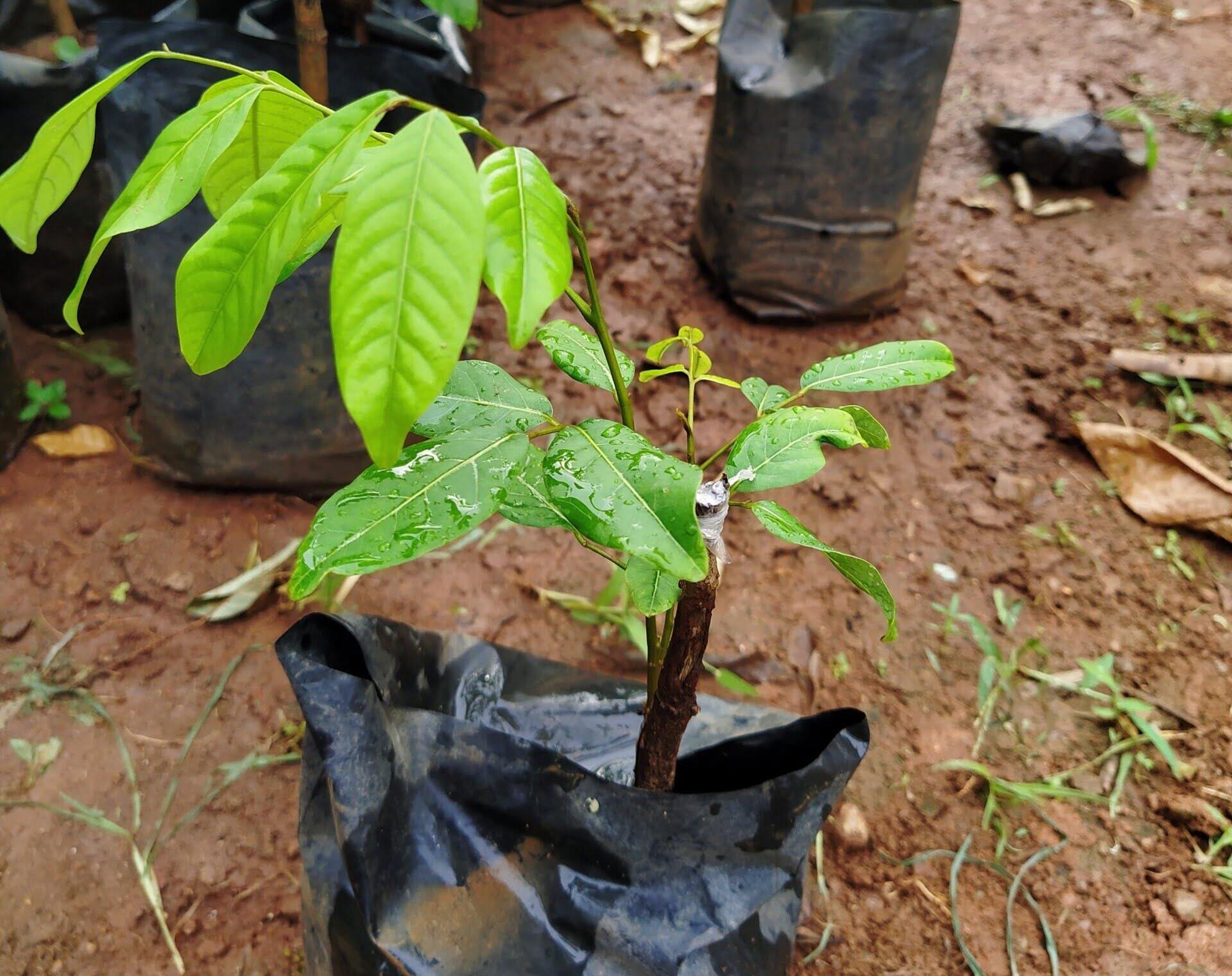
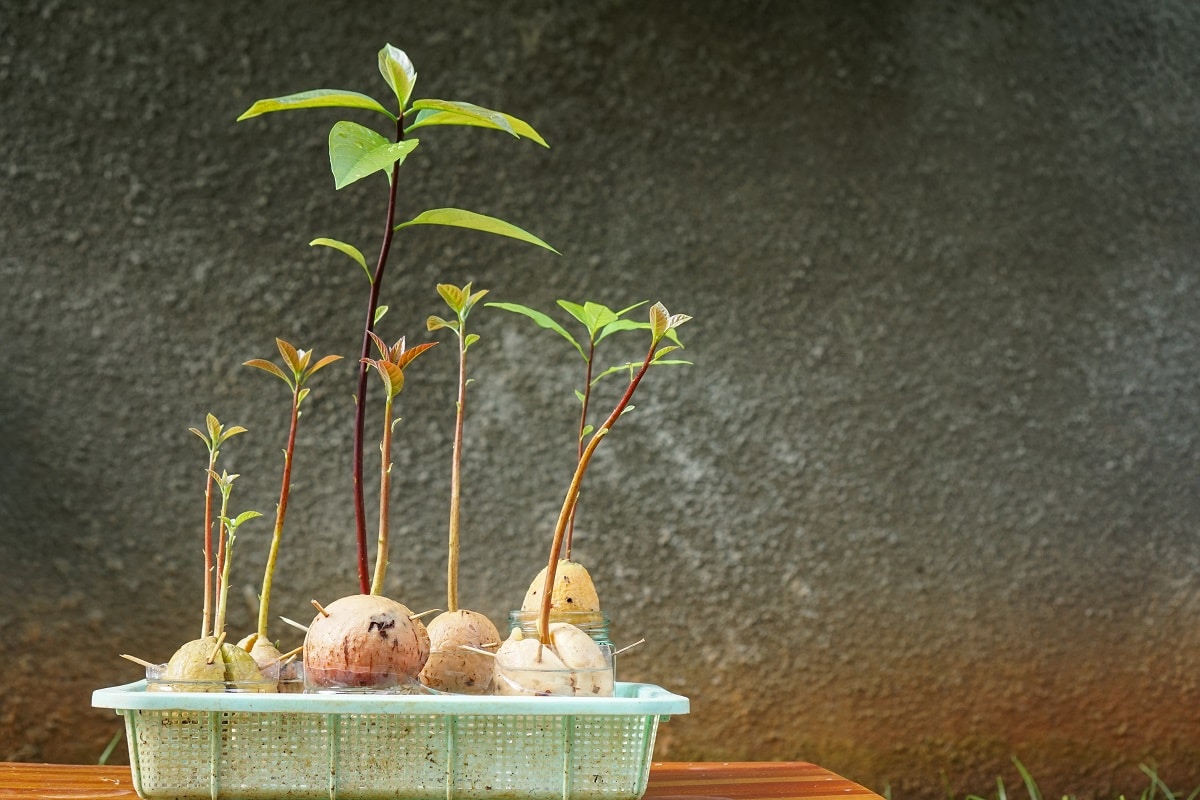
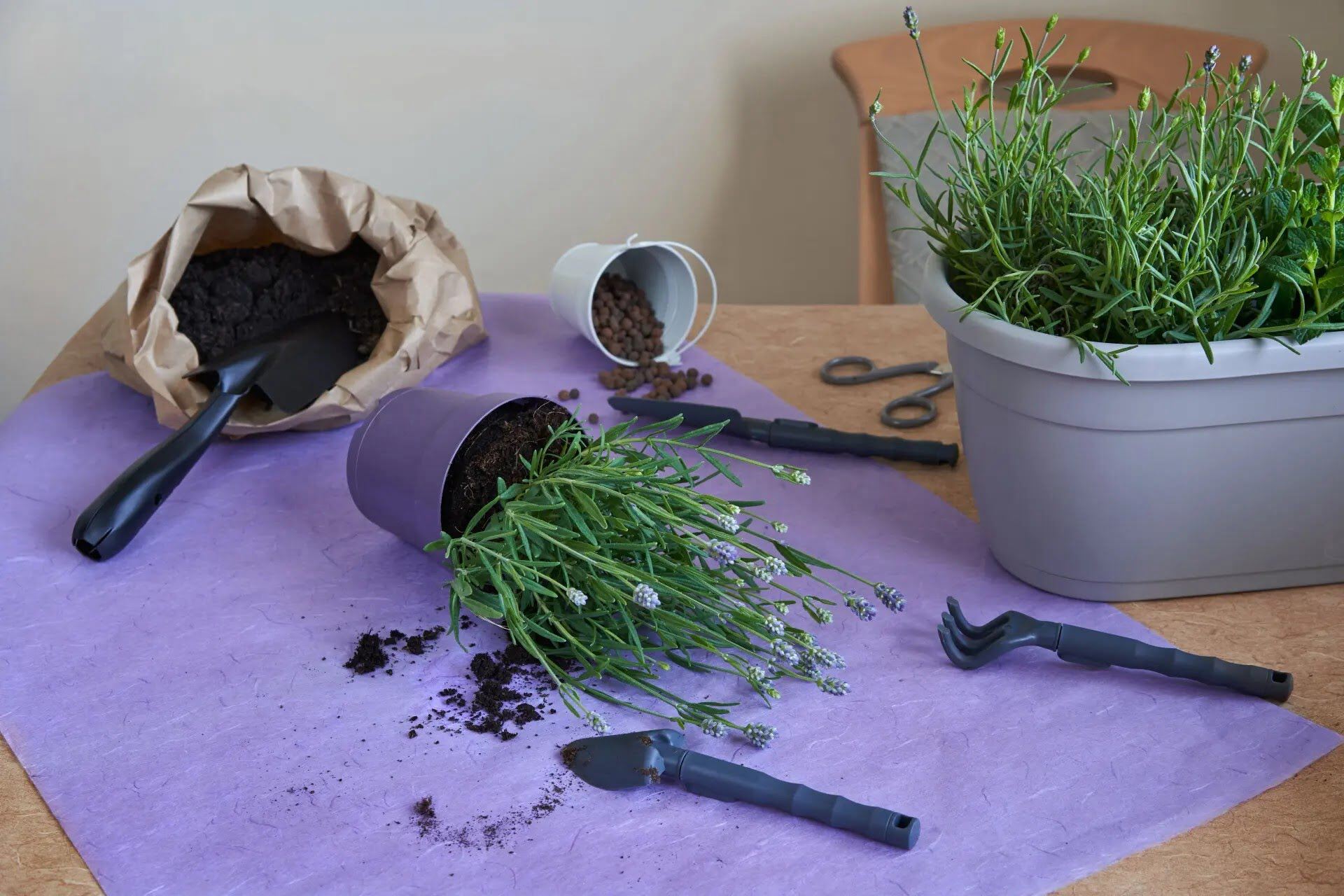
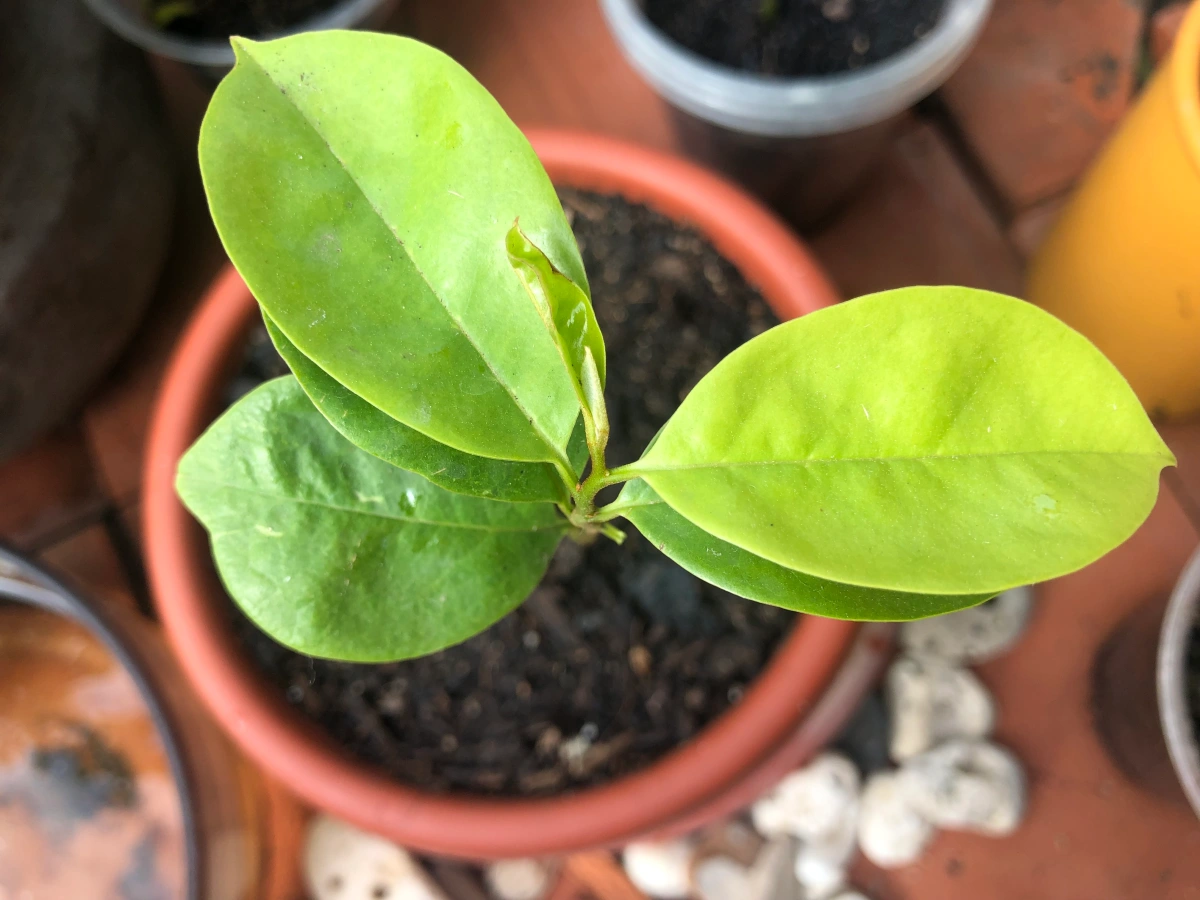
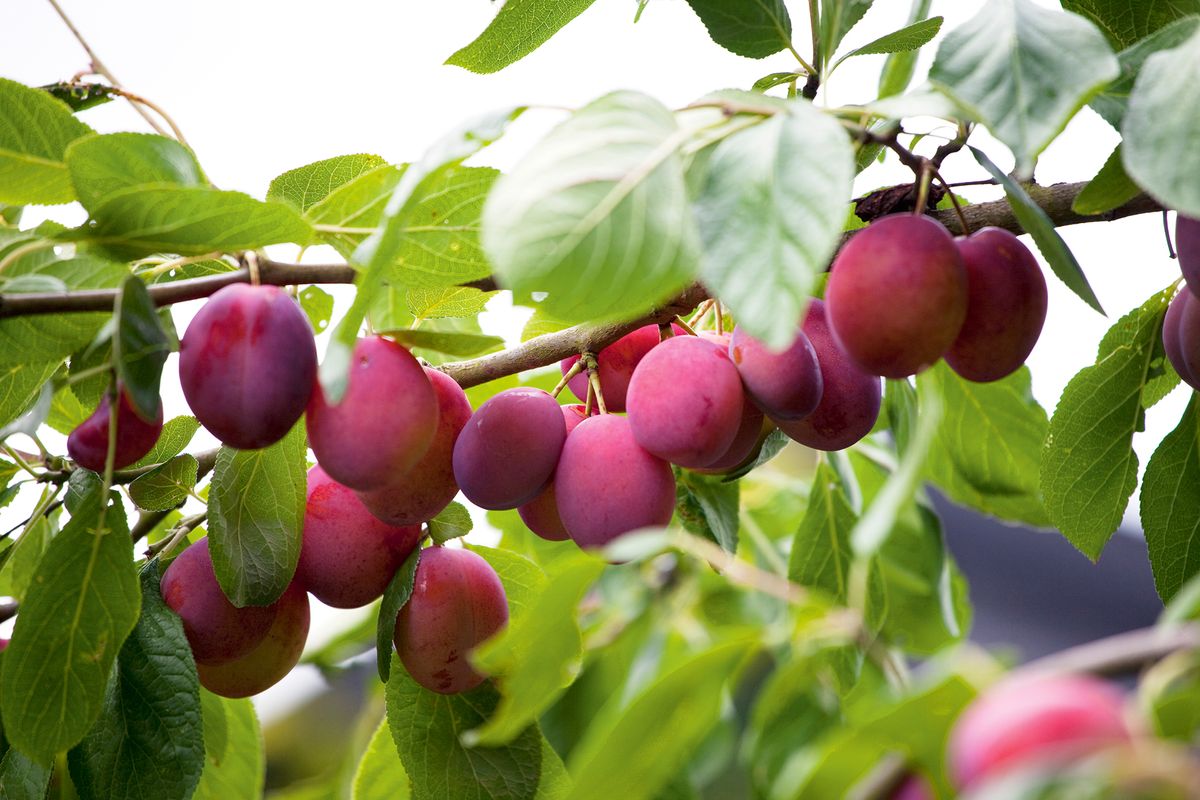
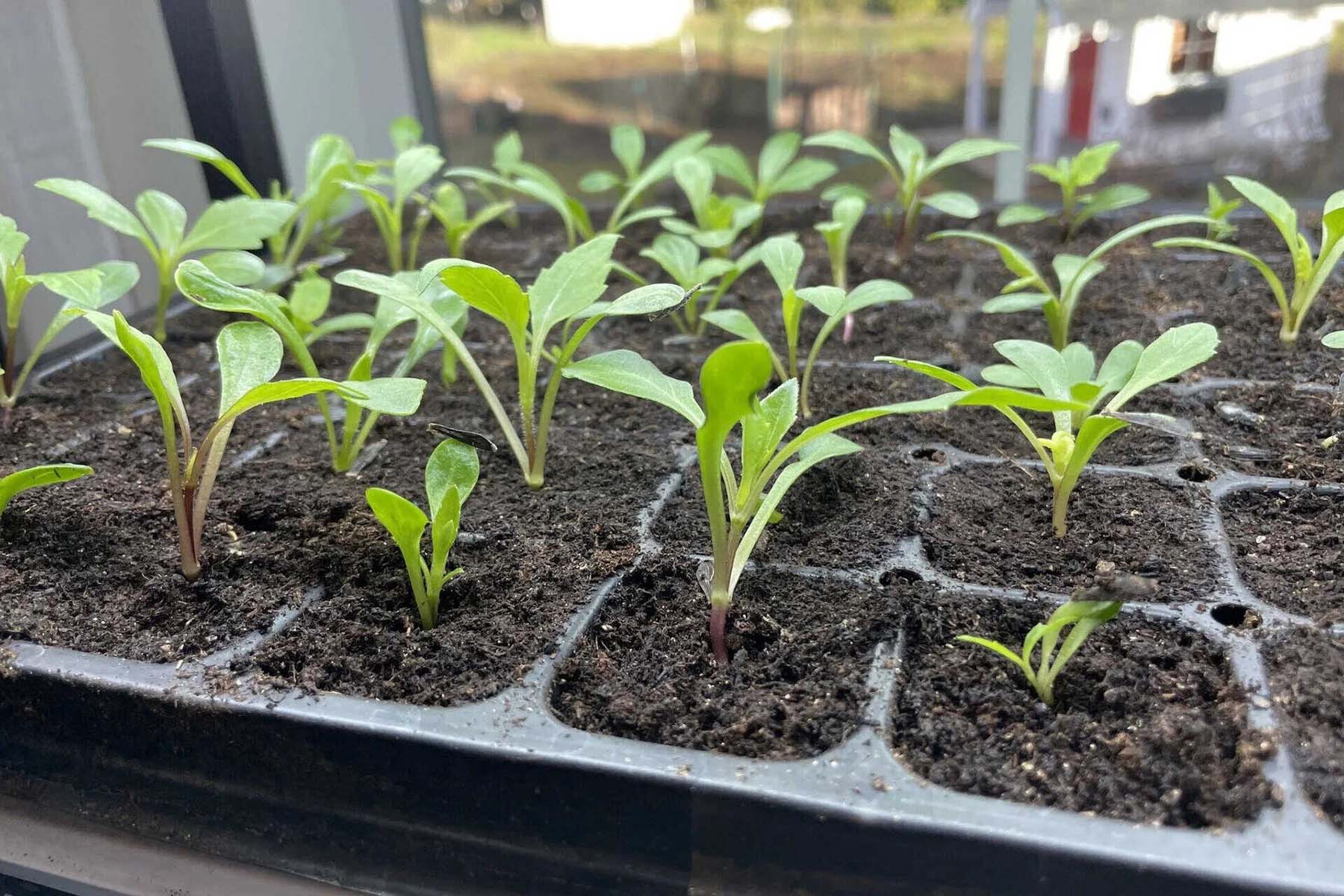


0 thoughts on “How To Grow Ironweed From Seed”